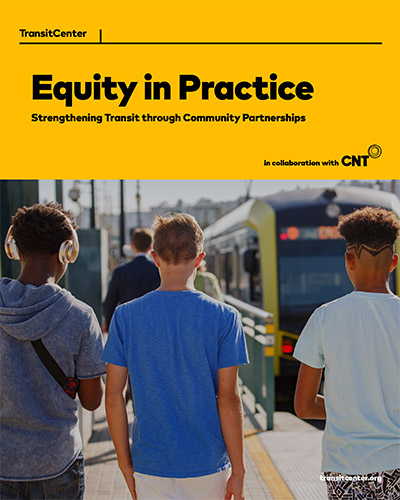Northern Ohio has enough wind, solar and biogas potential to meet all of its electricity needs, but only a small fraction of the region's energy comes from these sources. CNT contributed to a report by Oberlin College that lays the analytical roadmap for a healthy, efficient, and sustainable energy economy in the city of Oberlin and throughout Northern Ohio.
CNT helped develop a sustainable transportation plan to reduce carbon emissions in the city of Oberlin over the next 40 years. The 10 strategies to achieve zero carbon emissions by 2050 include:
- Promote walking as a major mode of transportation in Oberlin. Currently, 32 percent of trips to work are made on foot.
- Increase bicycling’s share of trips in Oberlin. Six percent of residents bike to work today.
- Create public transportation options. This includes stabilizing and growing the Oberlin Connector, which runs on Mondays and Thursdays. Lorain County is the only county in Ohio that lacks a dedicated revenue stream for public transit.
- Promote fuels and vehicles that can reduce motorized transportation’s carbon profile to zero or nearly zero. Given that Oberlin is expected to acquire 85 percent of its electricity from renewable sources by 2013, great electric vehicle usage and expanded infrastructure could help Oberlin reduce carbon emissions.
- Encourage people to use alternate modes of transportation and take fewer and shorter trips by reduce car ownership. Eighty-three percent of Oberliners own at least one car. CNT recommends that Oberlin expand its car sharing program to include at least 4,000 students and residents.
- Reduce the number of driving trips Oberlin workers and residents need to take. This includes telecommuting, videoconferencing, and combining trips. If 18 percent of employees were to eliminate one trip to work weekly by 2050, it would reduce 1.5 million vehicle miles traveled and save 411 metric tons of emitted carbon dioxide annually.
- Encourage land use and urban form that supports reduced car ownership, fewer and shorter trips and alternative transportation modes. Households living in downtown Oberlin drive 6,100 miles less per year than families living in other parts of Oberlin. CNT recommends reversing current trends toward low-density development at the outskirts of the city.
- Change parking infrastructure and policies to incentivize low-carbon transportation. Most of Oberlin’s parking is free or subsidized by employers. Employers could allow employees to opt for payment equal to the value of free or subsidized parking to put low-carbon transportation on equal footing.
- Encourage use of low-carbon solutions for cargo transport to and from Oberlin. Implementing green procurement standards along Oberlin businesses’ supply chains can help reduce the carbon footprint of cargo transport.
- Create options for low-carbon long distance travel to and from Oberlin. CNT estimates that long distance travel accounts for nearly a third of Oberlin’s total transportation emissions footprint. Although high speed rail and low-emissions plane travel isn’t something Oberlin can do on its own, it can collaborate regionally to promote low-carbon alternatives to driving.
The figure below illustrates the relative savings in fossil fuels from the implementation of each strategy at the three benchmark years (Strategy 10 is not included in the figure because emissions from travel outside of Oberlin’s boundaries were not part of CNT’s analysis). Note that reduced vehicle ownership provides the greatest fossil fuel savings of all the approaches. Although no single strategy moves Oberlin to a zero carbon transportation future, the combined savings from all strategies can accomplish that goal.






 Strengthening Transit Through Community Partnerships
Strengthening Transit Through Community Partnerships